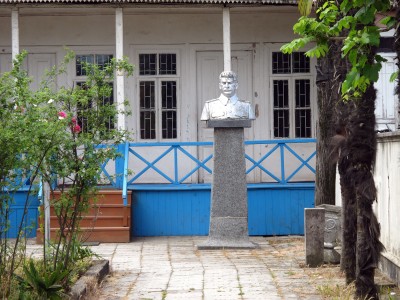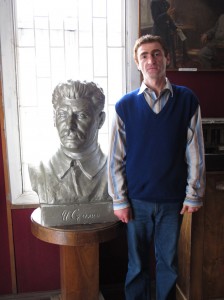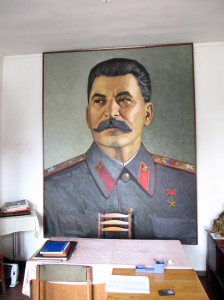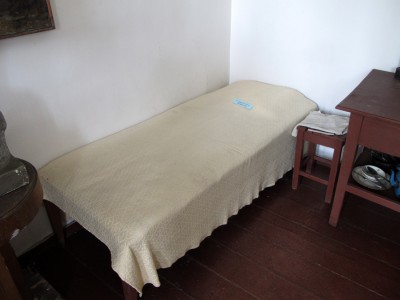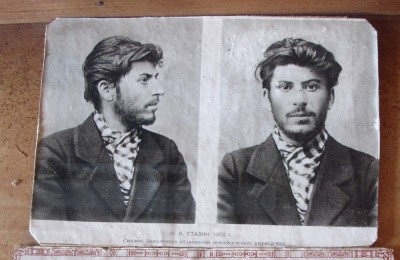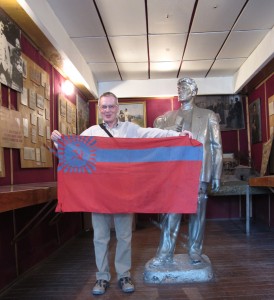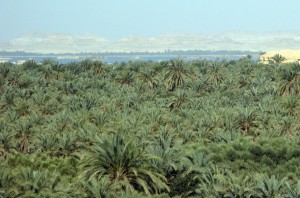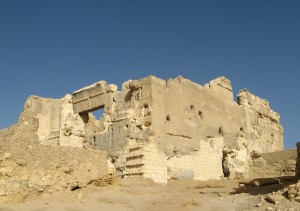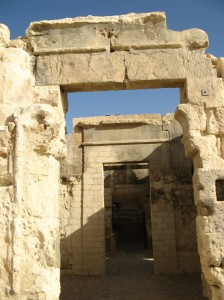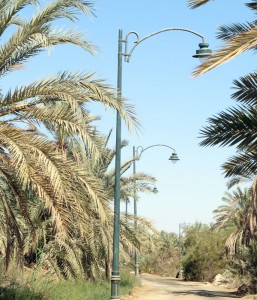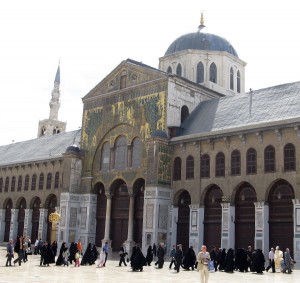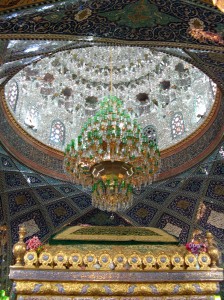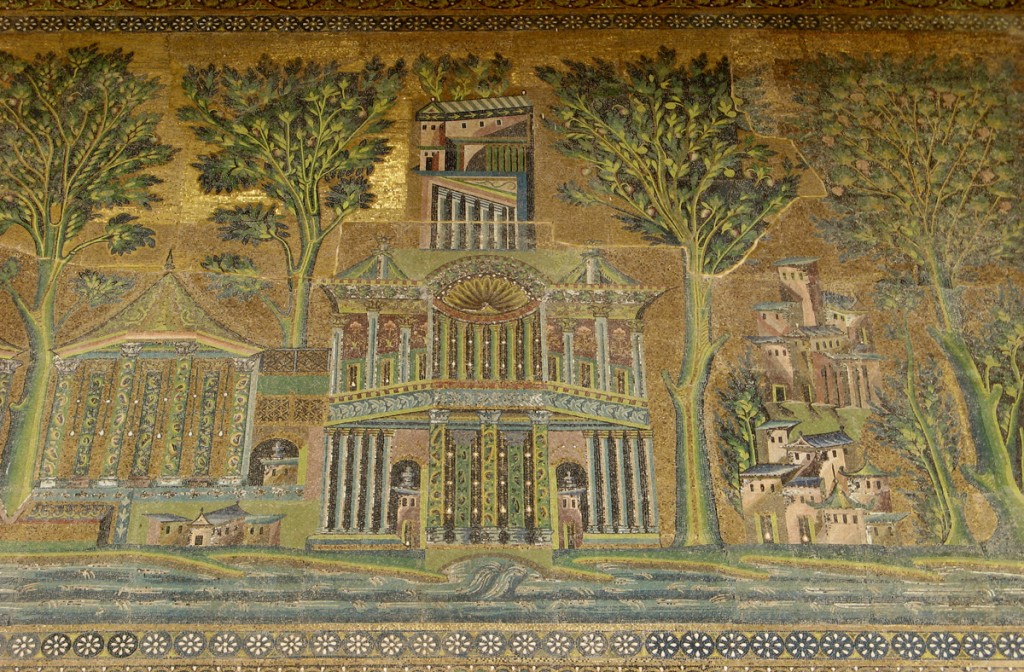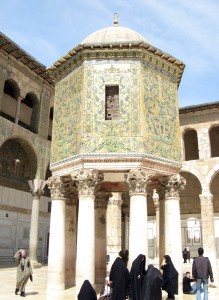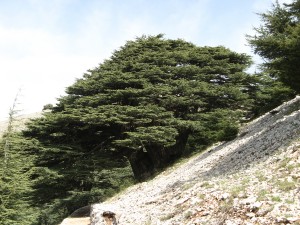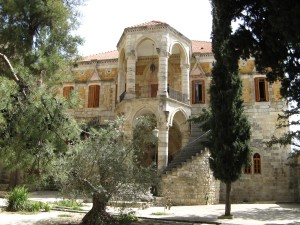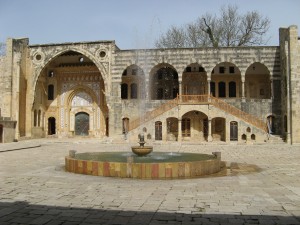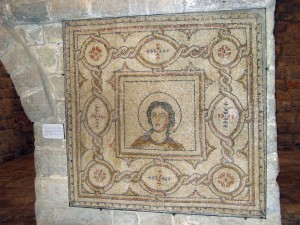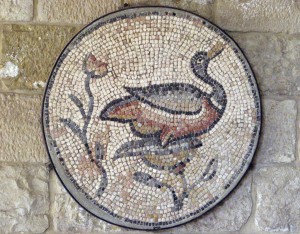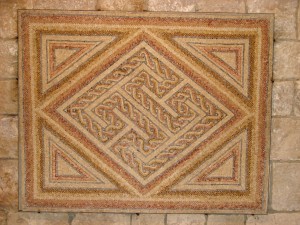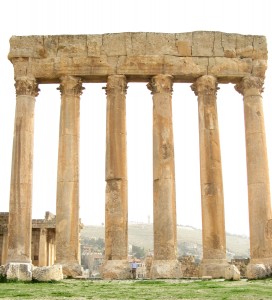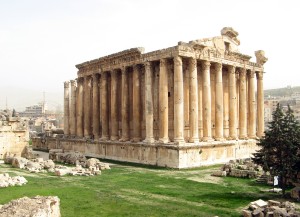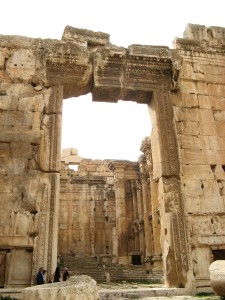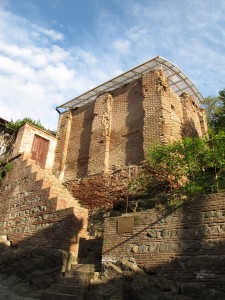 The Tbilisi Ateshgah (aka Atashgah or Fire Temple) was under restoration when I visited it in 2007. That work is now complete and, mercifully, the restorers have been gentle. The old brickwork has been cleaned, and in a few places discreetly repaired, but has largely been left “as is”, without any gross tampering. A perspex roof has been added to protect the site from the elements.
The Tbilisi Ateshgah (aka Atashgah or Fire Temple) was under restoration when I visited it in 2007. That work is now complete and, mercifully, the restorers have been gentle. The old brickwork has been cleaned, and in a few places discreetly repaired, but has largely been left “as is”, without any gross tampering. A perspex roof has been added to protect the site from the elements.
Authentic Zoroastrian fire temples are extremely rare, especially outside Iran. (The Atashgah at Baku is an 18th century Parsi construction.) According to the sign outside the Tbilisi temple, it is believed that it was built between the 5th and 7th centuries, and later spend a while as a mosque, while retaining its old name as “Ateshgah”. This seems reasonably plausible as Tbilisi was under Persian occupation and influence for a while. Zoroastrianism (like Christianity) was loosely tolerated under Islam, so the Ateshgah might easily have survived in active use for several centuries after the 7th c. Arab invasion.
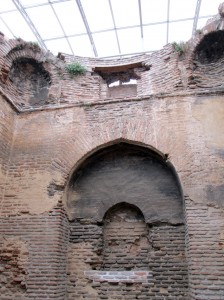 The Ateshgah exterior is a largely featureless brick cuboid, perhaps 20 feet on a side. There are steps leading up to a pair of stout wooden doors just to the left of the Ateshgah. These open into what at first looks like a private family courtyard, but if you turn right actually leads into the Ateshgah interior. There is a new wooden floor, but they have left parts of the original floor exposed. There are no windows, but instead there are blank arches on each face.
The Ateshgah exterior is a largely featureless brick cuboid, perhaps 20 feet on a side. There are steps leading up to a pair of stout wooden doors just to the left of the Ateshgah. These open into what at first looks like a private family courtyard, but if you turn right actually leads into the Ateshgah interior. There is a new wooden floor, but they have left parts of the original floor exposed. There are no windows, but instead there are blank arches on each face.
Back in the day, a sacred flame would have burned here and there would likely have been a matching pool of clean water nearby. A small hollow is visible in one corner, but it isn’t clear what purpose (if any) that served.
The Ateshgah is at GPS = 41.68885,44.80559 around 100 meters East of the Betlemi Church, on the Old Town slopes NE of the Mother Georgia statue. You can find it by first heading South from Freedom Square, then heading east along Asatiani Kucha, then take the first right (South) onto a short road that leads up to the Betlemi stairs, then take the 135 steps up to the Upper Betlemi Church, and then head East, past the Betlemi Bell Tower. Look for the ancient brick building with the protective curved perspex roof!
